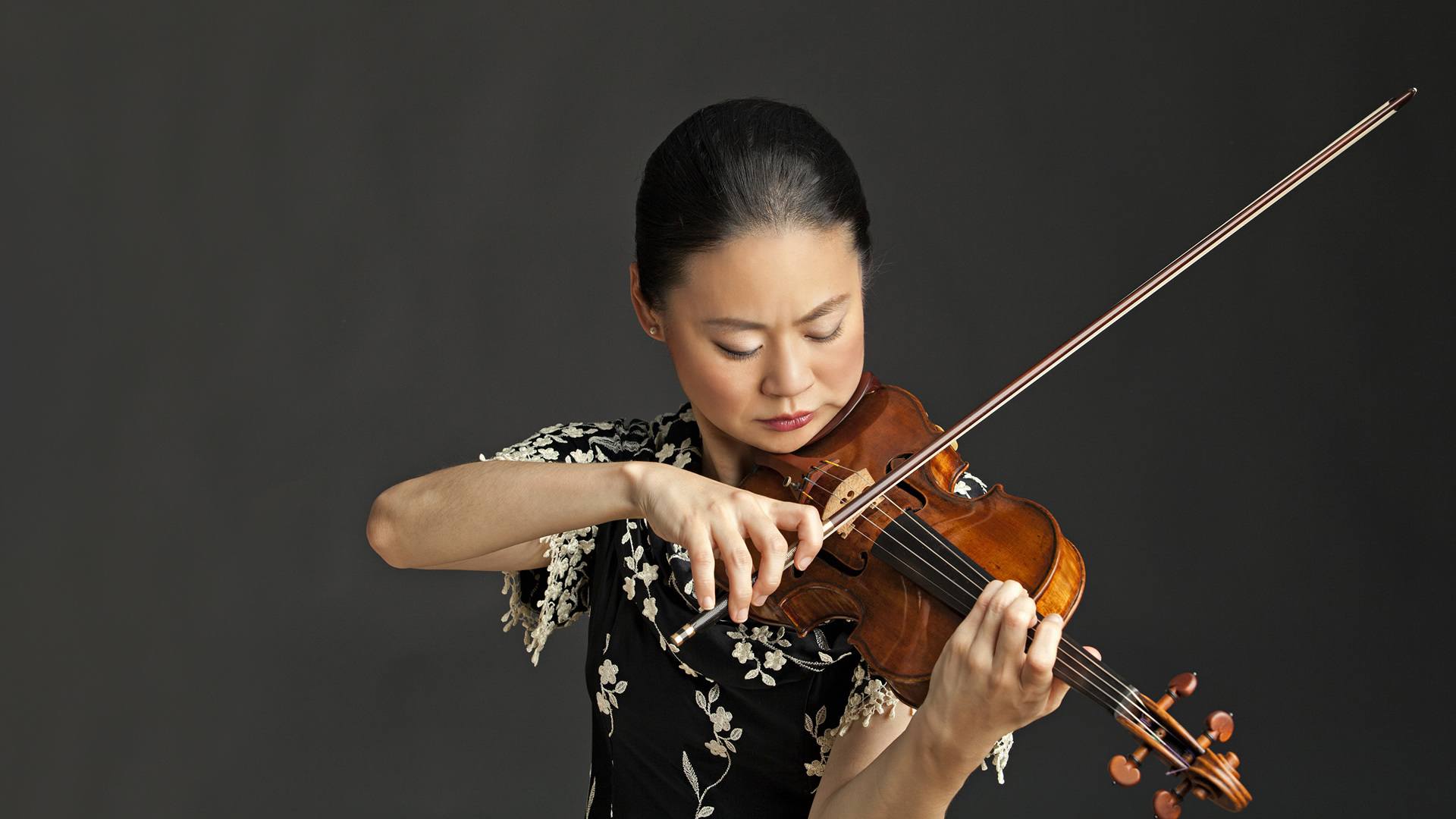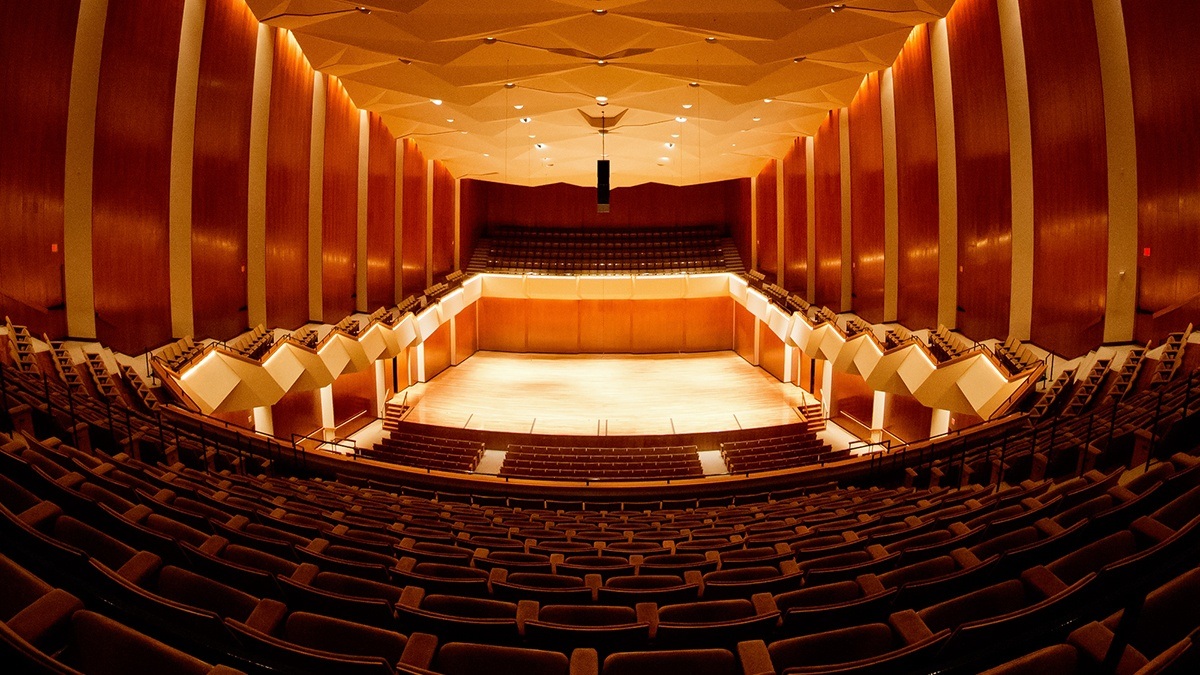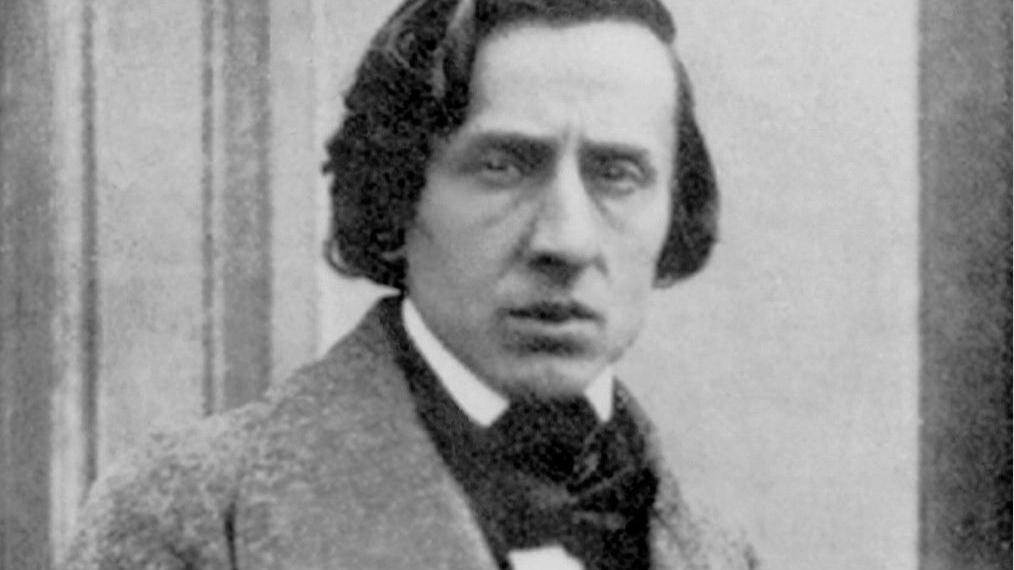Beethoven’s Violin Sonata No. 8: Midori at Carnegie Hall
Beethoven’s three Op. 30 Violin Sonatas were completed in the summer of 1802. The fall of that year brought the famous Heiligenstadt Testament, the despairing letter in which Beethoven acknowledged his increasing deafness, his contemplation of suicide, and his ultimate determination to overcome adversity: “I will seize fate by the throat— it will certainly not crush me completely.” We don’t hear any of this psychological turmoil in the sunny Sonata No. 8 in G Major, …







